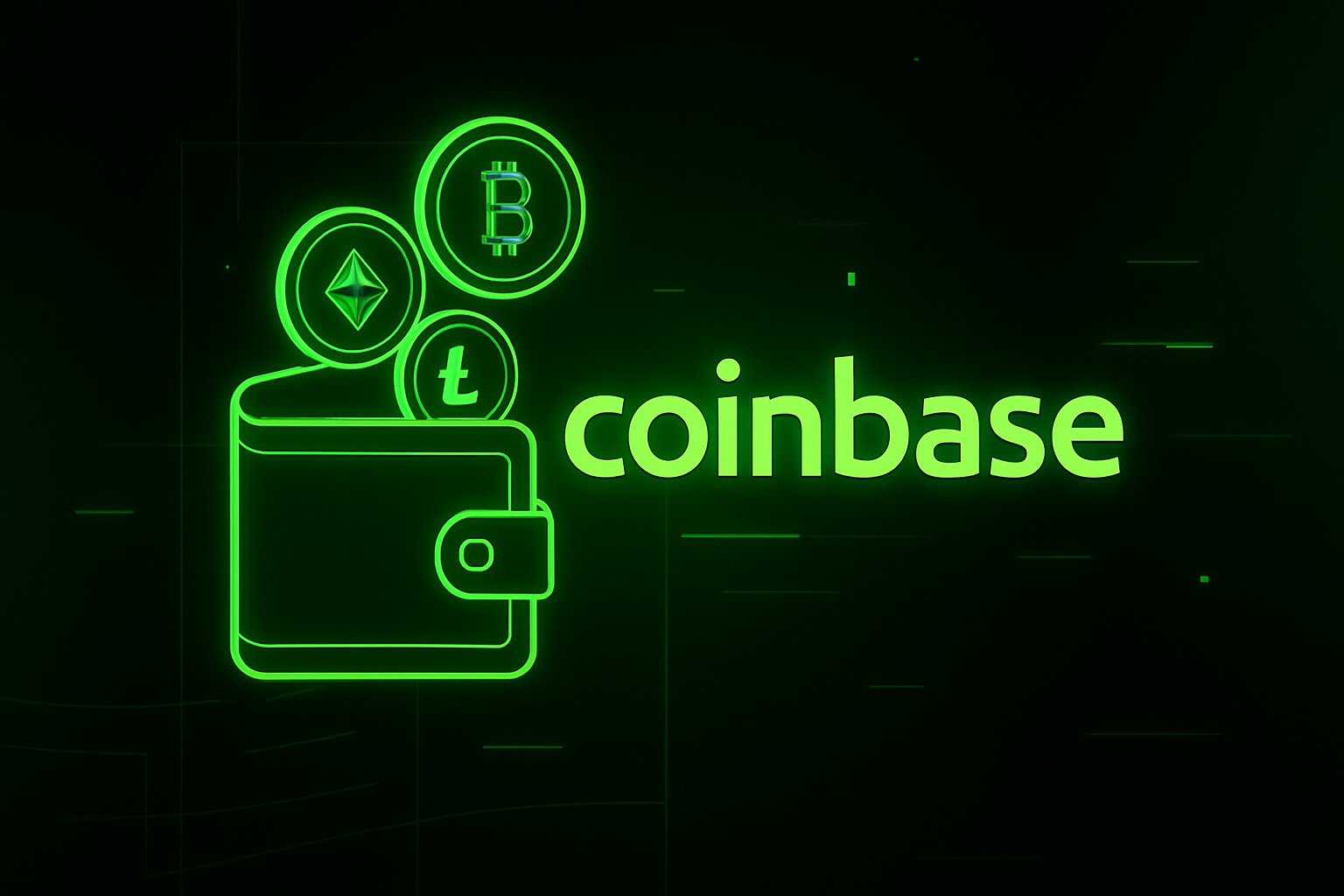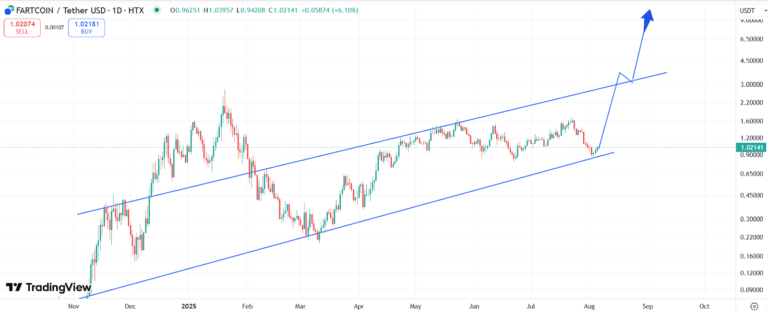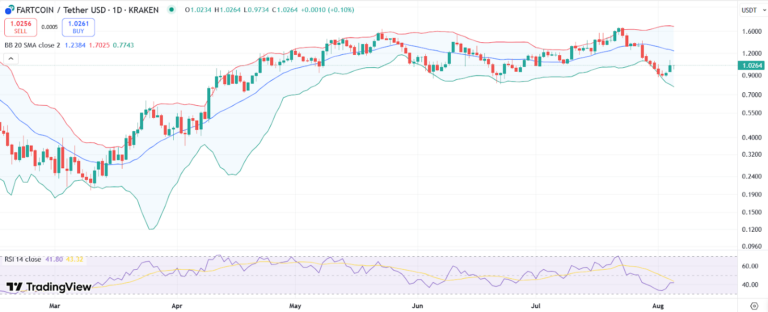News
Regulation Spurs $11B Corporate Bitcoin Treasury Race in U.S.

U.S. regulatory clarity is fueling a surge in corporate Bitcoin accumulation, with public companies adding a combined $11.3 billion in BTC to their treasuries over the past month, signaling a new wave in the institutional embrace of cryptocurrency.
Bipartisan Bills Propel Institutional Inflows
The rapid corporate accumulation follows a positive turn in U.S. crypto legislation. Two bipartisan bills - the CLARITY Act and the GENIUS Act - are advancing in Congress. The former aims to formalize crypto market structure, while the latter addresses stablecoin regulation. In parallel, the nomination of CFTC chair Brian Quintenz, who is widely regarded as bitcoin-friendly, is enhancing confidence among corporate treasurers. “[Regulatory clarity is] unlocking…” for public firms, said Matador Technologies in its weekly report.
300%+ Growth in Bitcoin Treasury Holdings
A total of 22 public companies joined the treasury race, spending $11.3 billion on Bitcoin during the past month alone. Leading the charge, GameStop acquired 4,710 BTC via a $1.75 billion convertible note. Meanwhile, Japan-based Metaplanet announced ambitions to hold 210,000 BTC, signaling international interest.
The trend mirrors the strategic treasury play pioneered by MicroStrategy, which now holds over 582,000 BTC—nearly 3% of all bitcoins—to great stock market success in recent years.
Strategic Motives: Inflation Hedges & Signaling Confidence
Firms are positioning Bitcoin as both a hedge against inflation and a signal of confidence in long-term economic trends. Executive statements reflect a growing view of cryptocurrency as a legitimate reserve asset rather than a speculative instrument. One CEO stated, “This is a one‑way train, nothing is going to stop this,” highlighting the conviction driving treasury strategies.
Risks: Volatility & High Leverage Could Pressure New Entries
While the treasury accumulation trend continues, analysts warn of downside risks. With Bitcoin’s price volatility still high, newly entering firms may face margin pressure and be forced to liquidate holdings if prices drop sharply. Standard Chartered notes that 50% of public treasury managers’ average purchase price stands near $90,000, potentially heightening liquidation risk in a downturn.
The Broader Impact: More Than Just Bitcoin
The movement isn’t limited to Bitcoin. Companies like SharpLink Gaming and Upexi saw their stocks surge over 300% after announcing Ethereum and Solana treasury allocations, raising speculation that similar “treasury” strategies could apply across the broader crypto ecosystem.
Outlook: Structural Shift in Corporate Finance
The convergence of regulatory momentum and corporate daring is driving a structural shift in institutional finance. As U.S. lawmakers outline clearer crypto frameworks and large-scale holders like GameStop and Metaplanet step in, the corporate Bitcoin treasury race may become a defining trend of 2025. However, experts caution that volatility may test the resilience of newer entrants.
News
Amendment in GENIUS Act Already in Motion: Banks Urge Senate to Close Stablecoin Law Gaps

Banking associations—including the American Bankers Association, the Bank Policy Institute, and more than 50 state-level organizations—are pressing the U.S. Senate to strengthen the newly passed GENIUS Act by closing key legal loopholes.
According to a Decrypt report, the GENIUS Act prohibits stablecoin issuers from paying interest directly to holders. However, it does not explicitly prevent crypto exchanges or affiliated platforms from offering rewards on stablecoin deposits. Banking groups argue this oversight effectively lets companies bypass the spirit of the law by shifting yield through partners.
That could incentivize consumers to shift from traditional bank deposits into yield-bearing stablecoins. A U.S. Treasury Department projection estimates losses of up to $6.6 trillion in bank deposits, which could disrupt traditional lending and increase borrowing costs for everyday Americans.
Why It Matters
These stablecoin-linked incentives have the potential to hollow out the existing banking system. Banks rely on customer deposits to support lending—businesses and households depend on that credit. If deposits shift on a large scale into stablecoin products, it could reduce available credit, driving up interest rates and making loans harder to access.
Additionally, most yield-generating stablecoin offerings are currently tied to leading platforms like USDC, with users earning returns via exchanges like Coinbase and Kraken—not from the issuers themselves. Banking groups argue this is a dangerous workaround.
What the Banks Are Asking
◆ Extend the Interest Ban
They request that the GENIUS Act’s prohibition of $ interest payments by stablecoin issuers also apply to affiliated entities like exchanges, brokers, and dealers.
◆ Limit Non-Bank Issuance
The Act currently allows non-financial companies to issue stablecoins—a shift the banks believe could destabilize the system if not reined in.
◆ Revoke Nationwide Approval
The Act permits state-chartered stablecoin issuers to operate nationally without federal oversight. Banks recommend repealing this to ensure consistent regulatory safeguards.
Broader Industry Context & Momentum
On June 17, the Senate passed the GENIUS Act with bipartisan support, creating the U.S.’s first framework for regulating stablecoins, including requirements like asset-backed reserves and public disclosure of reserve composition. The bill moved to the House for approval shortly thereafter.
Meanwhile, large crypto firms such as Paxos and Circle are moving quickly applying for national trust charters to take advantage of the new regulatory clarity.
Yet, even prominent voices within the crypto and finance space are calling for deeper reform. Analysts worry the current version of the law lacks long-term safeguards, especially around yield and systemic risk.
Final Thoughts
The GENIUS Act marks a groundbreaking shift toward regulated stablecoin usage in the U.S. But as the dust settles, banking groups warn that modern finance—and banks themselves—are on shaky ground unless lawmakers fix key gaps.
Public and private sectors must act fast. Without broader coverage of interest bans and tighter issuer qualifications, the stablecoin experiment could reshape credit markets—without safety nets.
Defi
Coinbase Launches Embedded Developer Wallets via CDP

Coinbase has introduced CDP Server Wallets, also known as Embedded Wallets, enabling developers to seamlessly integrate secure, managed wallets into their applications with no private key handling. These wallets are deployed and controlled through Coinbase’s Developer Platform (CDP) via fast APIs.
What Are Embedded Wallets?
CDP Server Wallets offer a turnkey solution for builders needing programmatic access to on-chain execution without self-custody burdens. Wallets are hosted in secure enclaves, enforce transaction limits and allowlists, and provide smart policy controls—such as spend caps or contract access restrictions—all managed via API.
These wallets support multiple blockchains (EVM-compatible and Solana) and are compatible with standard developer tools like ethers.js, wagmi, and viem, allowing deployment in under 200 milliseconds.
Use Cases and Utility
Embedded Wallets are tailored for builders creating apps that require native wallet integration:
- Mass payments and payroll bots
- AI agents executing trades
- Smart contract interactions in apps and dApps
- Onrampenabled flows via Coinbase tooling
With no seed phrases or pop-ups, this solution reduces onboarding friction—ideal for Web2-like experiences in crypto-native apps.
Security at the Core
Key security features include wallet policies that block dangerous transactions by design: e.g., validating destinations, restricting amounts, or blocking known malicious smart contracts. These controls operate in Coinbase’s Trusted Execution Environment.
Wallet keys are never exposed even to Coinbase, ensuring high trust while preserving decentralization benefits.
Developer-Ready Ecosystem
Coinbase is actively promoting embedded wallets through its CDP Builder Grants, offering up to $30K in funding for developers integrating wallets, Onramp, and Swap APIs in their user flows.
An early-access program is also live for teams eager to test Embedded Wallets ahead of general availability.
Strategic Significance
Embedded Wallets represent a major architectural shift—bridging traditional Web app user experiences with on-chain execution. By abstracting key management and security policies, Coinbase enables developers to onboard new types of users into crypto-native products with minimal friction. This toolset echoes broader efforts to define wallet-as-a-service solutions for mainstream adoption.
Coins
Fartcoin Holders Scoop 100M Tokens This Month, Price Jumps 7.5%

Fartcoin’s price soared 7.5% on August 5, climbing to about $1.02 with a market cap of $1.02 billion. Meanwhile, the 100 million tokens were added by the top 100 holders, boosting accumulation by 21.7% a clear signal of growing on-chain demand.

Source: Trading View
What Happened?
On August 5, FARTCOIN posted a 7.5% daily gain despite a mostly flat broader crypto market. Retail volume soared by 74% to $216 million, following a 15% decline from its local high of $1.67 on July 23.
Furthermore, data shows that the top 100 wallets added over 100 million tokens in the past month. Exchange balances rose ~24.8%, while holdings by “smart money” dropped ~40.4% and whale exposure fell ~29.4% suggesting retail buyers were accumulating as institutional players retreated.
What’s Driving the Move
The key driver appears to be mass accumulation by retail holders. As smart money exits, newer investors are stepping in. Exchange balances climbing by 25% suggests rising liquidity and potential redistribution.

Source: Trading View
Outlook: Is a Breakout Ahead?
Technically, FARTCOIN may have completed an Elliott Wave correction and could be entering Wave 5, the most explosive phase historically. Analysts eye a move toward $1.86–$2.36, if momentum continues.
Support remains strong around $0.98, but a break below this could send the price toward $0.77. RSI levels suggest room for upside as FARTCOIN trades below overbought territory.
Also Read: Banks Pour $100B Into Blockchain Since 2020, Ripple Reports




